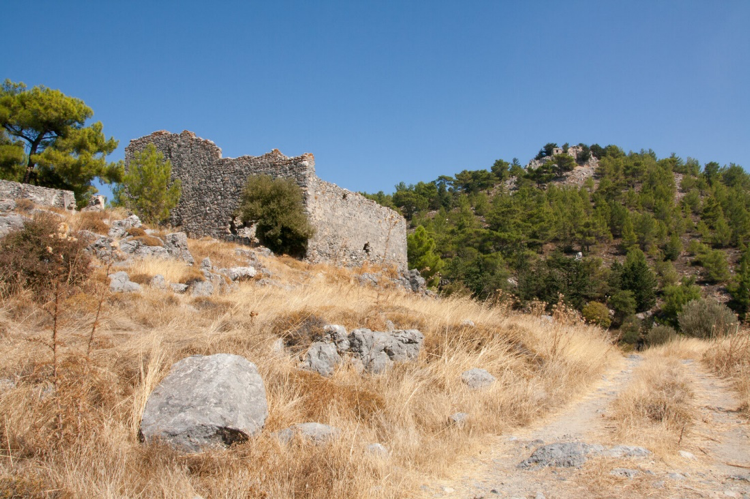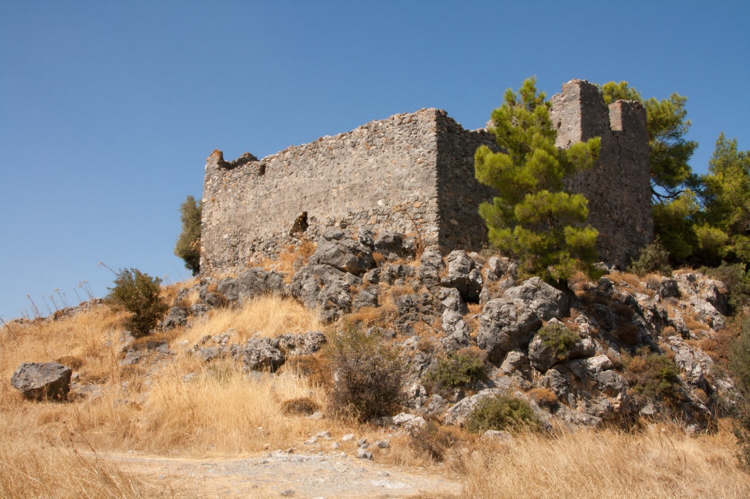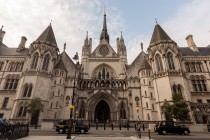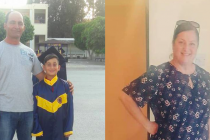You’ve no doubt heard of the castles St. Hilarion, Buffavento, and Kantara. Perched along the Girne/ Kyrenia mountain range, these formidable and unique structures – Buffavento the most commanding of them all – lay testament to centuries of history amidst the cool air, lush forestry, and the most impeccable views of the northern landscape out beyond to sea.
But have you encountered yet the fourth castle of Cyprus?
A self-professed lay connoisseur of the island’s history, I was particularly aghast at the mere thought that I had gone through life unaware of the existence of another such structure. The only consolation to be had was the nagging awareness that most Turkish Cypriots, most Cypriots perhaps, were united in ignorance, as I at once scrambled to save face, and set about tracking down the structure as soon as humanly possible.
Credit where credit is due, and evidence of the rare gems that the otherwise tumultuous world of social media throws up, an avid admirer of North Cyprus from Scotland, who has documented the North’s historic treasures, natural beauty and other places of interest, was my first point of contact on the matter.
Sights of North Cyprus is a wonderful resource: crusader castles, no less than five mountain monasteries, and the endless riches in Famagusta up towards the Karpaz Peninsula. Indeed, all Cypriots can learn about their island from a lovely soul from Scotland.
“Castle”, I found out, was perhaps a strong word. More a “watchtower” in fact. The mysterious site is located further west of St. Hilarion, on the south-facing slope of the range as you take the ridge path up towards the famed Turkish tank. There, elusively tucked-away from the prying eyes of modern tourists and know-it-all locals; a purpose one imagines was desired in times gone by.
If you take a left turn around 13km as you travel from St. Hilarion west, you will encounter an equally conspicuous but no doubt more modern structure with a view of the rolling plains below facing Güzelyurt (Morphou). Further down the path, as it winds down, one encounters the remains in question.
I then learned that another more informed foreigner, this time a Mr. Hans Doeleman from Holland (who has now sadly passed away), had previously investigated the site. Mr. Doeleman teaches that this “Forgotten Fourth Fortress” is to be found along an approximately 7km long medieval road that existed between Girne and Lefkoşa (Nicosia).
There is no signage. This makes the discovery all the more exciting, as if one were the first there, and must explain part of the site’s inconspicuousness.

The history is also unclear. Again, this makes the find all the more thrilling, as if one were now blessed with a history to be revealed.
One can reason that if St. Hilarion, Buffavento, and Kantara surveyed the North and North-East, then this watchtower would face West and complete a series of medieval fortresses that could signal to each other and a Royal Palace in Lefkoşa. I could not help but think of Lord of the Rings here.
Mr. Doeleman alerts us also to a number of other castles and fortresses that existed in the North, the details of which I allow the interested reader to discover themselves.
As for the Forth Fortress, there is a significant portion left intact to see, as well as two caves further down as you come to the medieval path that connects to the main road from St. Hilarion. A hole has been created in a portion of the stone wall from where you can enter the ruins.
There is evidence to suggest that a three-story building once existed here, with remains of dividing walls, fireplaces, and even some plasterwork. It is a delight to have found the place, which I hope will be better preserved in the future.
One must salute those from abroad that have simply schooled the locals with their passion for the island’s non-political history and passion for adventure. That culture is no doubt developing in Cyprus, and one can also follow in the footsteps of the late Dr. William Dreghorn, another friend of North Cyprus who sadly passed away in 2001, but who also left a new generation of intrepid explorers invaluable knowledge to make sense of this island’s understandably rich and remarkable history.
All photos © Helen Alderson, used with kind permission from Sights of North Cyprus.com





